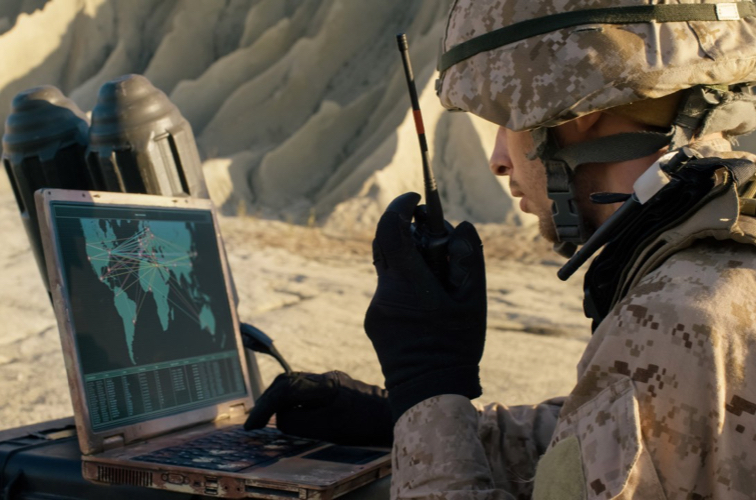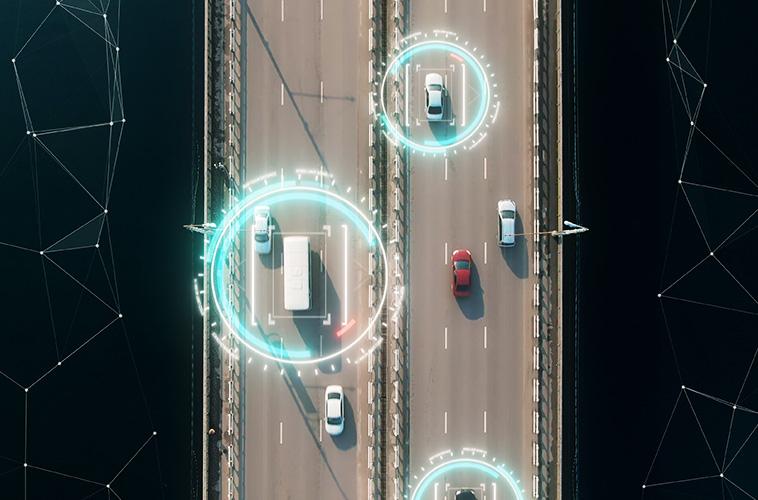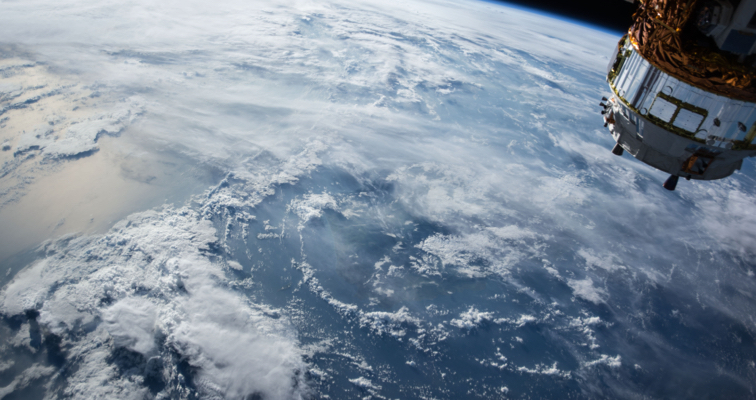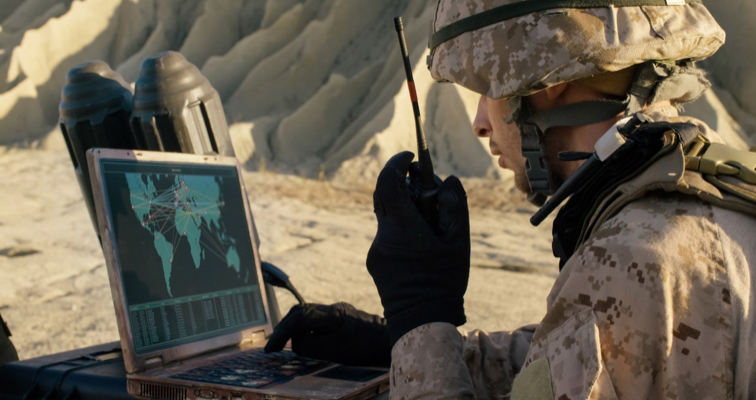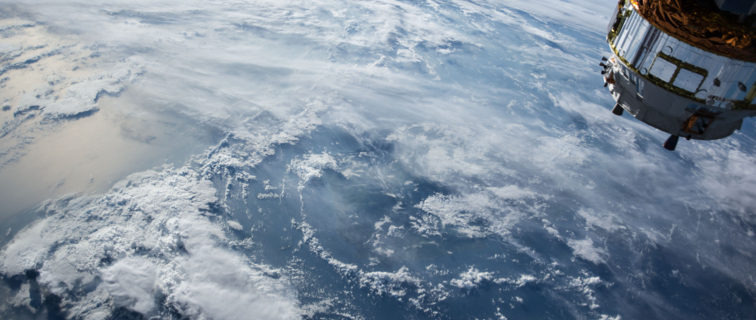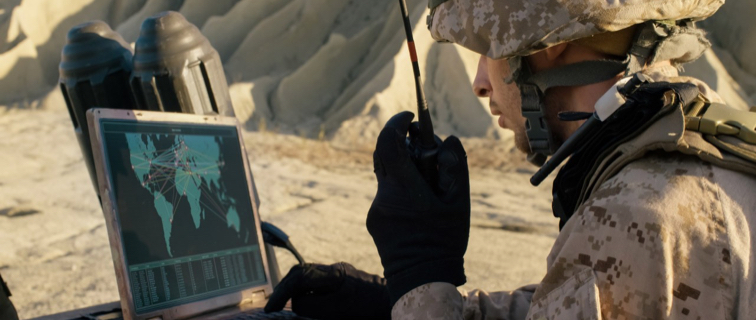Precision clock for Underwater systems
High precision clock provide time-stamping to embedded electronics equipped with sensors such as geophones or hydrophones. Their capacity to maintain an accurate time for long period immersed is a key factor of performance.
Because those systems are always battery-powered, clocks need to have a very low power consumption (a few tens or hundreds of mW at maximum).
Underwater products range
To meet our customer’s requirements, SLX Timing created a specific range precision OCXOs. These products are optimized for underwater application with a reduced operational temperature range between -10°C and +45°C.
WHICH TO CHOOSE BETWEEN EWOS™ AND SGTM™ FOR UNDERWATER APPLICATIONS ?
EWOS16-UW is a micro-OCXO in DIL14 housing, using an AT-cut crystal. Its long term aging is typically ±2 ppb/day and it consumes 75mW at 5°C. AT-cut can be favorably envisaged for underwater systems with shorter mission time. If long mission time is needed (above 30 days), post-compensation of time-stamped data is needed to retrieve the residual phase error less than a millisecond.
EWOS16HP-UW is a mini-OCXO in Europack hermeting housing, using a SC-cut crystal that has the advantage to provide a lower aging at ±0.2 ppb/day. The crystal is bigger and the OCXO show a higher power consumption of 190mW at 5°C.
SGTM timing are Syrlinks GNSS Timing Modules (also know as GPSDO). They are using the above OCXOs and havethe advantage to provide the automatic synchronization of OCXO frequency against a PPS signal before diving the equipment. SGTM can be delivered with a specific inhouse thermal calibration to optimize the thermal sensitivity of the clock down to +-1ppb across the full operating temperature range (-10°C/+45°C)
Ocean Bottom Nodes: Oil & Gas market
Ocean Bottom Nodes (OBN) are seismic recorders lying on the seabed several months for oil & gas surveys. Each OBN requires a clock with high thermal stability, good aging and very low consumption (< 200mW @ 25 °C).
Low power ocxo clocks
To understand more about how low power OCXO clocks such as SGTM16 or SGTM16HP could contribute to better and more competitive OBN, please read the articles here :
• Which High Precision Clock to choose for high performance and competitive OBN?
• Boosting global OBN performances with predictive software adapted to precision clocks based on low-power OCXOs
Precision clock review in underwater survey
During an underwater survey, a few thousands OBNs are dropped on the seabed for an average period of one to three months. These OBNs are equipped with geophones, hydrophones, a high-precision clock and of course a digital electronic circuit to store the acquisition data.
The consistency and quality of the recorded data are directly related to these three key components. For its part, the high-precision clock embedded in the OBN has several roles. At first, it must guarantee that each OBN has the same timebase before immersion, with an accuracy of a few tens of nanoseconds given by a master GPS receiver. All OBNs deployed in the same field must be synchronous with each other and on the same time for correct time stamping of acquisition data.
Once underwater, it is no longer possible to synchronize the OBN fleet with the GPS signal. This initial synchronization under the GPS signal is therefore performed on board and before the dive. This synch process is very important. Without it, the data recorded by the entire OBN fleet would not be consistent and exploitable. Secondly, the clock must guarantee the lowest possible time error for the entire duration of the mission, once the OBN is immersed. In time-frequency jargon, it is known as long-term drift of the clock. This drift, even extremely small, always exists and is caused by several physical factors. It can be the temperature variations seen by the clock or the natural ageing of its metrological core.
Precision Clock for LBL Accoustic Positioning
When there is no access to GPS, positioning of vehicles under water involves specific solution. It can be LBL acoustic positioning, where precision time is a key point:
Long-baseline (LBL) systems use a sea-floor baseline transponder network. The transponders are typically mounted in the corners of the operations site, on the sea floor. LBL systems gives very high position accuracy of generally better than 1 meter and sometimes as good as 1 centimeter along with very robust positions. LBL remains the preferred solution for the highly accurate subsea positioning of AUVs or ROVs.

Inertial Navigation System
With the use of Inertial Navigation System (INS) in subsea vehicles (AUV or ROV), sparse-LBL navigation has become possible. It achieves similar or better performance using less transponders when INS drift is reduced. INS drift can be improved by measuring ranges from or to seabed transponders.
For 1+ transponder, sparse-LBL position is obtained from the fusion of acoustic ranges with navigation equations from the INS. With 4+ transponders, embedded LBL algorithms provide high performing 100% acoustic navigation. For both solutions, LBL Positioning systems requires each transponder, and each target (AUV, ROV) to be equipped with a precision clock drifting in the same way to get a precise positioning. The stability of the clock will have a direct impact on the precision of the localization: LBL systems is based on a triangulation system; using distance measurement between each transponder and Target (AUV/ROV). The distance Transponder – Target is determined by the round-trip time of an acoustic signal: Time reference shall the same for the different transponder to give a precise positioning of the Target.
In addition, transponder can remain a long period of time under water: saving energy is key point, a low power OCXO such SYRLINKS EWOS16 or EWOS16HP offering very high stability and low power is the best option for such application.
UUV / AUV – Autonomous underwater vehicles
With the development of the Unmanned Undersea Vehicle (UUV) and Autonomous Underwater Vehicles (autonomous guidance), precision timing has become an important requirement for underwater navigation and also acoustic communication between submarine and surface vessels.
Currently, majority of AUV comes with RTK GPS, Inertial Navigation System (INS), Doppler Velocity Log (DVL), etc.
A Doppler Velocity Log (DVL) is an acoustic sensor that estimates velocity relative to the sea bottom. This is achieved by sending a long pulse along a minimum of three acoustic beams, each pointing in a different direction. Typically, this is producing estimates of velocity converted into an XYZ coordinate frame of reference. Together with a heading estimate, these velocity estimates may be to estimate a step-by-step change of position. (i.e. displacement = velocity × time step).
Time accuracy and stability
These two points are key element for precision in displacement. In addition, for acoustic communication under water and positioning, the time reference in UUV shall be the same in UUV and Surface vessel and between UUV and transponder.
For such application, SYRLINKS Timing Modules SGTM16 and SGTM16HP fully comply with technical requirements of Precision Time in UUV for guidance and radio command: They will synchronize with GPS when UUV is embedded in the vessel (via 1PPS input), and replace GPS source when diving underwater (via 1PPS output). SGTM16HP-3V3-A-H4-CT offers high Thermal stability (±0,5 ppb), very good holdover performances (±10 us), and low power for SGTM16, 115 mW @ 25°C. SGTM16-3V3-A-H1-CT offers also very good Thermal stability (±2 ppb), and very low power consumption 90mW@ 25°C.

